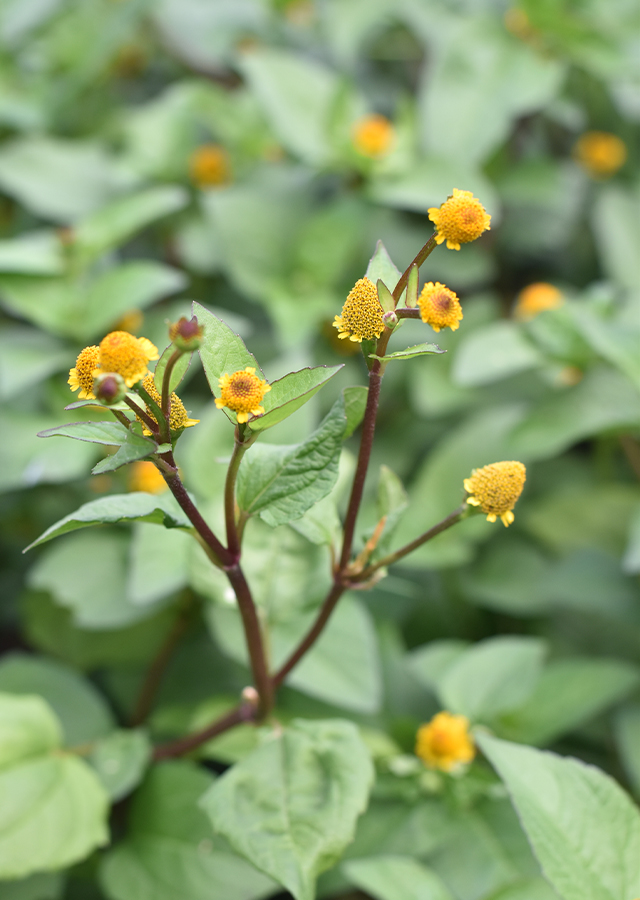
Your goal should be to water about once a week to supply approximately one inch of water. It appeared to me that many lawns with automatic watering systems were damaged. A more important factor is how you water the lawn. less in a year to determine if you are content with the appearance at a lower level of nitrogen. If you feel your lawn is receiving too much nitrogen then apply 0.5 to 1.0 lbs N/1000 sq.ft. per year then you are not using excessive nitrogen. If you are fertilizing with 2 to 4 lbs N/1000 sq.ft. We see Ascochyta leaf blight every year on a very small scale and it is normally an insignificant disease that simply recovers and goes away on its own. It is unsettling that the best looking lawns suddenly become the worst looking lawns, but I wouldn’t pin the blame necessarily on yourself or your lawn care company. Should I change my lawn management practices or lawn care company? Since lawns with less nitrogen and no previous irrigation are more tolerant of sudden drought and heat, these more hardy lawns (usually the lighter green and less attractive lawns) were less affected by Ascochyta leaf blight. The problem started with the hot and windy conditions in the last week of May that caused heat and moisture stress on many lawns. Why did the problem seem to stop right on the property line and why is my lawn having the problem? Here are some answers to the questions you have been asking about this turf problem.Ī fungus called Ascochyta leaf blight cause the rapid straw discoloration of turf leaves and it was instigated by dry hot and dry conditions. More information about Ascochyta Leaf Blight can be found from these links to the Colorado State University and University of Missouri fact sheets. Some of the more severely damaged areas may require 3 or 4 weeks of good growing conditions to fully recover. The damaged lawns started showing up around the first of June and 15 days later I have already started to see some regrowth from lower shoots. primarily attack turfgrass leaves and lawns usually recover quickly. This is the most wide spread outbreak of Ascochyta that I have seen in my 30 years of managing turf. Home owners want to know why this happened only to their lawn and not to the neighbors. Ascochyta leaf blight causes a rapid straw to bleached appearance of the leaves primarily on Kentucky bluegrass and to a lesser extent on perennial ryegrass and tall fescue.

If your lawn went from one of the best in the neighborhood to one that resembled a straw field seemingly overnight then we may have an answer for you. Dave Minner, ISU Extension Turfgrass Specialistįanny Iriarte, ISU Plant Diagnostic Clinic


 0 kommentar(er)
0 kommentar(er)
